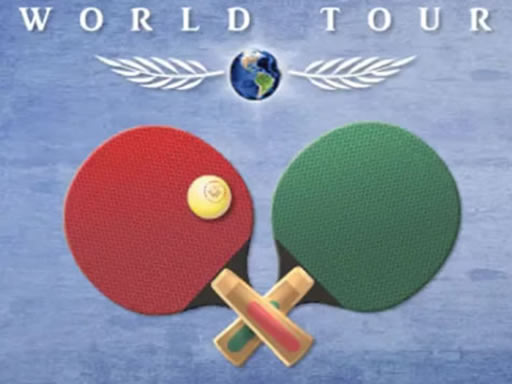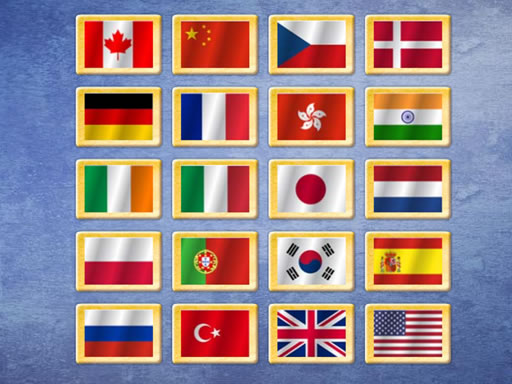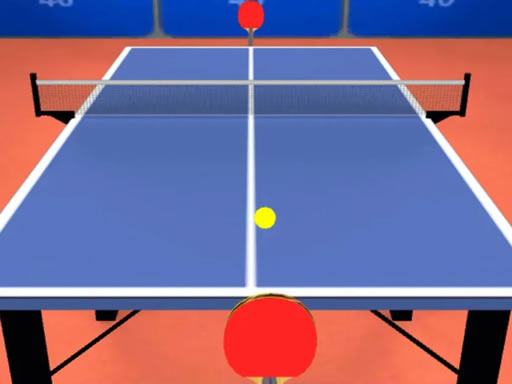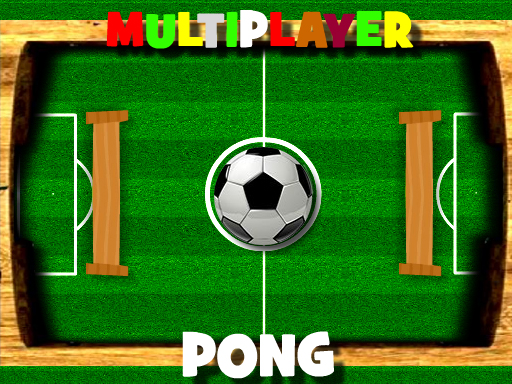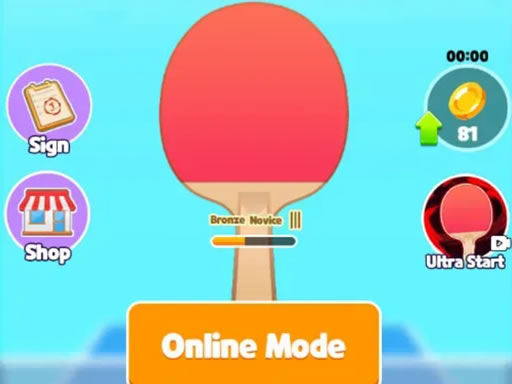A good ping - pong serve can give you an advantage at the start of each point. Here are the steps and techniques for different types of serves:
1. Basic Requirements for a Legal Serve
- Ball Toss: Toss the ball vertically upwards at least 16 cm (6.3 inches). The ball must be freely projected from the palm of the open hand without imparting spin. This ensures that the serve is fair and the opponent can clearly see the ball's trajectory.
- Visibility: The entire service action, from the toss to the contact with the ball, must be clearly visible to the opponent. You can't hide the ball with your body, arm, or racket during the service motion.
- Contact: The ball must be hit so that it first bounces on your side of the table and then, after passing over or around the net, bounces on the opponent's side.
2. Forehand Short Serve
- Grip and Stance: Hold the racket in your dominant hand, using either a penhold or shakehand grip. Stand close to the table, with your feet shoulder - width apart and your weight slightly forward on the balls of your feet.
- Ball Toss: Toss the ball straight up about 16 - 20 cm. As the ball starts to fall, prepare your racket.
- Stroke: Brush the bottom - back part of the ball with a short, quick motion. The goal is to impart back - spin. Aim to make the ball bounce short on your side of the table and then just clear the net, landing short on the opponent's side. This serve makes it difficult for the opponent to attack immediately.
3. Forehand Long Serve
- Grip and Stance: Similar to the short serve, maintain your grip and a balanced stance. But this time, you may position yourself a bit further from the table.
- Ball Toss: Toss the ball upwards as required. As it descends, start your back - swing.
- Stroke: Hit the ball with a more forceful motion, brushing the bottom - back part of the ball to add back - spin or the top - back part to add top - spin. Aim to make the ball travel deep into the opponent's court, near the end - line. A long, fast - spinning serve can put pressure on the opponent and force them into a difficult return.
4. Backhand Short Serve
- Grip and Stance: Assume your normal grip. Stand with your non - racket side closer to the table. Your feet should be slightly staggered, with the front foot a bit forward.
- Ball Toss: Toss the ball vertically in front of your non - racket side.
- Stroke: Use a short, chopping motion to brush the bottom - back of the ball. Try to make the ball bounce close to the net on your side and then land short on the opponent's side. Backhand short serves can be deceptive, especially if you vary the spin.
5. Backhand Long Serve
- Grip and Stance: Keep your grip and stance as for the backhand short serve, but be prepared to move more to generate power.
- Ball Toss: Toss the ball in front of your non - racket side.
- Stroke: As the ball falls, swing your racket with more power. You can impart top - spin by brushing the top - back of the ball or back - spin by brushing the bottom - back. Send the ball deep into the opponent's court, aiming for the corners to make it harder to return.
6. Side - Spin Serves
- Forehand or Backhand: You can execute side - spin serves from either the forehand or backhand side. The key is to brush the side of the ball as you hit it.
- Grip and Stance: Position yourself and hold the racket as per your normal serving stance.
- Ball Toss and Stroke: Toss the ball as usual. When hitting the ball, instead of brushing straight back or down, brush the side of the ball. For a right - handed player, brushing the left - hand side of the ball with a forehand serve will impart right - hand side - spin. This makes the ball curve in the air and bounce at an unexpected angle on the opponent's side, confusing them and making the return more difficult.
- For those who wish to play ping pong, check out this free Ping Pong game https://pingponggame.org that is simple and fun.
